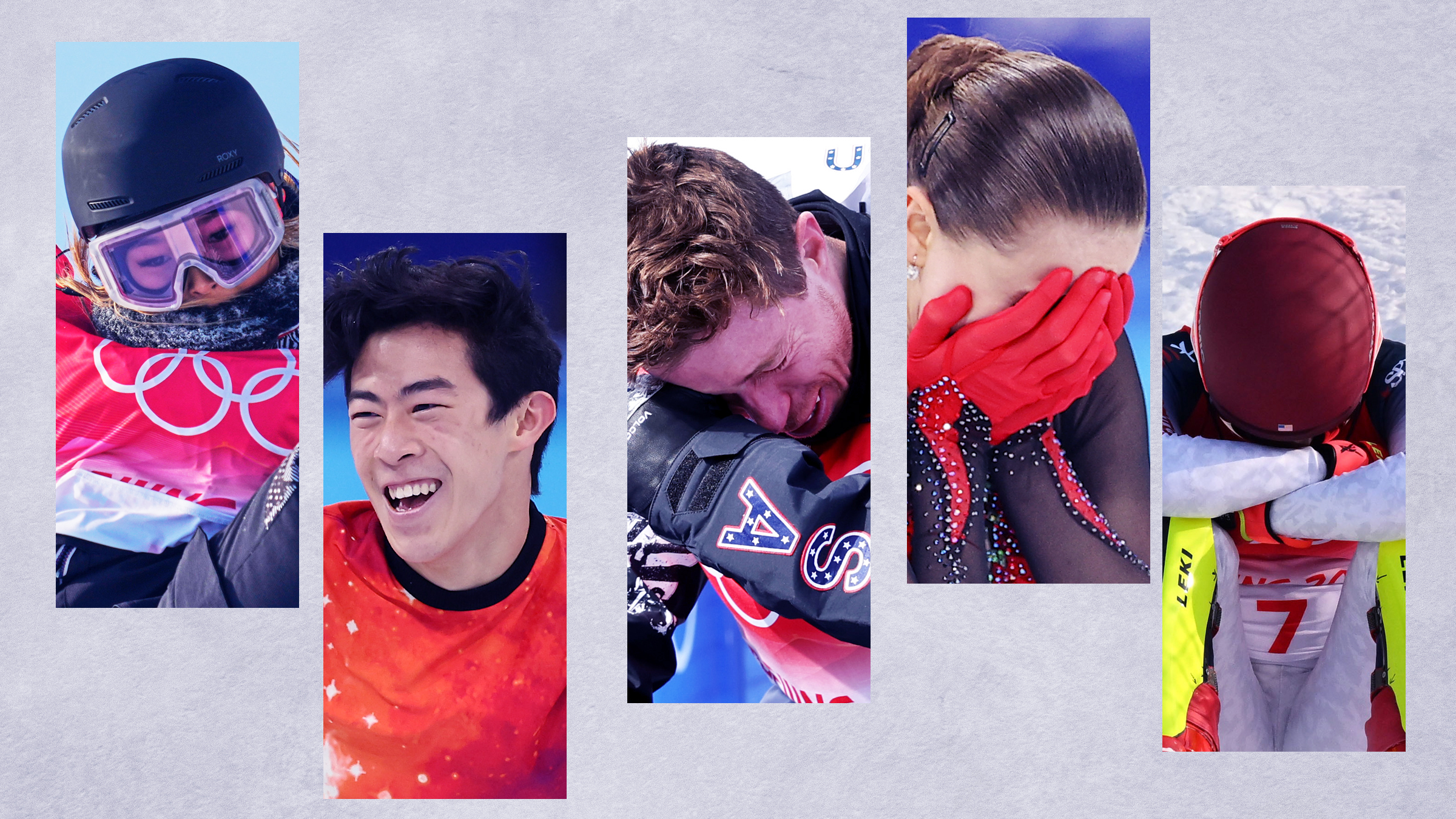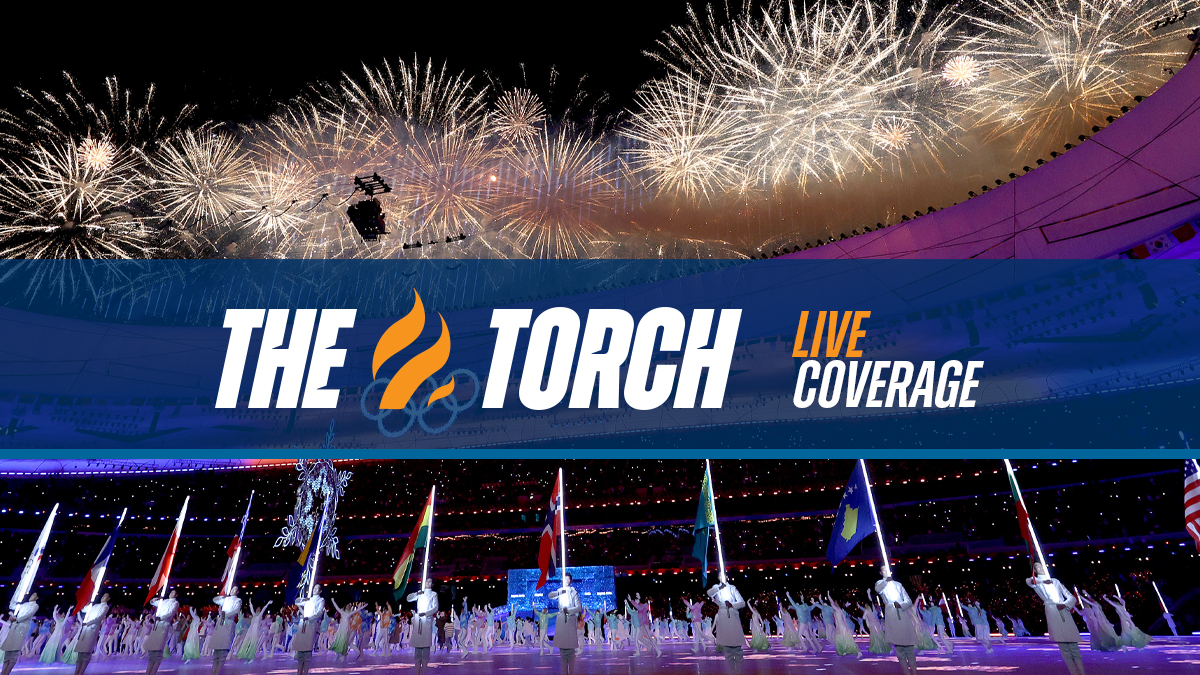Snowboarding has been one of the marquee events of the Winter Olympics since its introduction at 1998 Games, especially for fans of Team USA. The speed, skill and stunts on display are also captivating for the casual spectator, who joins thrill-seeking audiences to watch the best in the world compete for a coveted Olympic gold medal.
The snowboarding competitions at the Beijing Olympic Games are taking place at two venues – the Genting Snow Park in Zhangjiakou and Big Air Shougang in Beijing – with medals awarded in 11 events.
Snowboarding events will be contested from Feb. 5 to 15, starting with the women’s slopestyle and concluding with the men’s big air.
Here’s everything you need to know about snowboarding at the Olympics before the action kicks off in Beijing:
Get Tri-state area news and weather forecasts to your inbox. Sign up for NBC New York newsletters.
What are the different snowboarding events?
Slopestyle
Slopestyle is a freestyle discipline featuring a course with a variety of jumps and rails that snowboarders use to execute tricks as they make their way down the trail. The Olympic slopestyle competition consists of a qualification round and a final round. A snowboarder gets two runs in the qualification round and three in the final, with the best score of each round counted towards the final results. Judges score competitors based on the degree of difficulty and execution of each trick, as well as heights reached in each jump and overall style.
Beijing 2022 Winter Olympics
Watch all the action from the Beijing Olympics live on NBC
Halfpipe
Perhaps the most well-known discipline in snowboarding, thanks in large part to Shaun White’s dominance of the event, halfpipe consists of riders traversing through a U-shaped course with 22-foot walls on either side while performing spins, flips, and complex tricks. Competitors get three runs in the qualifying and final rounds, and only their best score each round counts toward the final.
Halfpipe competitors are generally judged on four facets of their run: the height of their jumps, difficulty and variety of the tricks, execution and "progression," meaning introducing something new or that hasn't been done before. Lastly, snowboarders must stay in motion through the entirety of their run. If a competitor stops in the halfpipe for more than 10 seconds, they will be scored to that point and the run will be considered terminated.
Snowboard cross
Inspired by motocross tracks, snowboard cross is an event where multiple riders race on a downhill course featuring banked turns, jumps and rollers that test the competitors’ balance and control at maximum speeds. In the individual competition consists of two portions: seeding and elimination rounds, which are broken up into heats. The top racers in each heat advance to quarterfinals, then semifinals before reaching the finals.
New to the Olympic program, the mixed team event follows a similar format but with two athletes – one man and one woman – making up a team.
Big air
Big air made its debut at the 2018 PyeongChang Games and features just one massive jump. Snowboarders ride down a massive snow-covered ramp and shoot off the end, performing mind-boggling tricks and twists on a single jump.
Like other freestyle events, judging in big air is subjective. Points are scored based on technical difficulty, execution, innovation and landing. Both the qualification and the final rounds consists of three jumps, with the best run counting toward final score.
Parallel giant slalom
Parallel giant slalom pits two snowboarders against each other on parallel courses in a race to see who can finish first. The Olympic format features a qualification round and head-to-head elimination rounds. The eliminations consist of four parts: round of finals, quarterfinals, semifinals and medal finals.
What is the history of snowboarding?
Snowboarding's roots go back several centuries, but its modern development began in the 1960s.
In 1965, Sherman Poppen, an engineer from Michigan, bound two skis together and gifted them to his daughters to "surf the snow," according to Smithsonian Magazine. The Snurfer, a portmanteau of the words "snow" and "surfer," was an instant hit. Poppen patented his surf-type snow ski and started selling them to the masses. The Snurfer eventually led to the birth of an entirely new sport: snowboarding.
During the late 70s and early 80s, snowboarding competitions were gaining traction and in 1982 the first National Snow Surfing Championships was held in Vermont's Suicide Six resort. The races received national attention thanks to coverage by the "TODAY" show. The event eventually renamed the U.S. Open Snowboarding Championship and moved to Vermont’s Stratton Mountain where it is still held today.
When did snowboarding become an Olympic sport?
Snowboarding was finally recognized by the International Olympic Committee (IOC) in 1994 and debuted at the 1998 Winter Games in Nagano, Japan.
The first-ever gold medal for snowboarding went to Canada's Ross Rebagliati for his win in the men's giant slalom. Rebagliati was briefly stripped of his medal after testing positive for marijuana, but the Court for Arbitration of Sport reinstated his win.
Who is the best snowboarder ever?
While debates on who is considered the G.O.A.T of snowboarding is largely subjective, Team USA’s Shaun White is the most decorated snowboarder and consistently ranks first on major lists. Nicknamed “The Flying Tomato" in his early career, thanks to his then-long red hair and big air tricks that nobody had ever seen, White's name is synonymous with the sport he first debuted in 16 years ago.
The four-time Olympian has won three gold medals in the halfpipe. He holds the world record for the most X-Games gold medals and most Olympic gold medals by a snowboarder.
At 35 year old, White is competing in his fifth — and likely last — Olympics.
“I’m proud that at my age, I’m still doing this sport,” White told The Associated Press in an interview last month. “I’m honored and the most proud of being able to stay on top of a sport that’s ever-changing. And for this long, to show up and do some heavy tricks with the younger riders, that’s very inspiring to me.”
Is Team USA good at snowboarding?
Since the introduction of the sport to the Olympics in 1998, the US has been a dominant force in competitive snowboarding while also acting as the de facto “home country” for the sport.
Team USA has won a record 14 gold medals and 31 total. And there's a good chance the contingent of athletes chosen to represent the United States in Beijing will add to that medal count.
Chloe Kim and White are defending gold medalists from PyeongChang. Jamie Anderson and Red Gerard are also looking to defend their titles in the slopestyle. A breakout star to watch is Dusty Henricksen, who made waves when he won slopestyle gold at the 2020 Youth Olympic Games and then 2021 X Games, with the latter making him the first U.S. winner in the men’s event since Shaun White did it in 2009.




